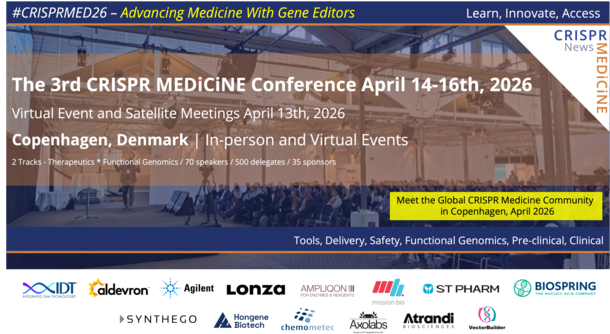Beta-thalassemia is a group of blood disorders characterised by a reduction in the production of haemoglobin. Haemoglobin is the iron-containing protein in red blood cells that carries oxygen to cells throughout the body.
Haemoglobin is encoded by genes that encode the building blocks of the haemoglobin protein. Mutations in these genes can produce abnormal haemoglobins leading to a family of conditions termed "haemoglobinopathies". Abnormal haemoglobin appears in one of three basic circumstances:
- Structural defects in the haemoglobin molecule. Alterations in the gene for one of the two haemoglobin subunit chains, alpha (a) or beta (b), are called mutations. Often, mutations change a single amino acid building block in the subunit. Most commonly the change is innocuous, perturbing neither the structure nor function of the haemoglobin molecule. Occasionally, alteration of a single amino acid dramatically disturbs the behaviour of the haemoglobin molecule and produces a disease state. Sickle haemoglobin exemplifies this phenomenon.
- Diminished production of one of the two subunits of the haemoglobin molecule. Mutations that produce this condition are termed "thalassemias." Equal numbers of haemoglobin alpha and beta chains are necessary for normal function. Haemoglobin chain imbalance damages and destroys red cells thereby producing anaemia. Although there is a dearth of the affected haemoglobin subunit, with most thalassemias the few subunits synthesised are structurally normal.
- Abnormal associations of otherwise normal subunits. A single subunit of the alpha chain (from the a-globin locus) and a single subunit from the b-globin locus combine to produce a normal haemoglobin dimer. With severe a-thalassemia, the b-globin subunits begin to associate into groups of four (tetramers) due to the paucity of potential a-chain partners. These tetramers of b-globin subunits are functionally inactive and do not transport oxygen. No comparable tetramers of alpha globin subunits form with severe beta-thalassemia. Alpha subunits are rapidly degraded in the absence of a partner from the beta-globin gene cluster (gamma, delta, beta globin subunits).
In individuals suffering from beta-thalassemia, low levels of haemoglobin lead to a lack of oxygen in many parts of the body. People with beta-thalassemia are at an increased risk of developing abnormal blood clots.
Beta-thalassemia is classified into two types depending on symptom severity. Transfusion-dependent thalassemia, also known as thalassemia major, is the more severe, while thalassemia intermedia is less severe.
